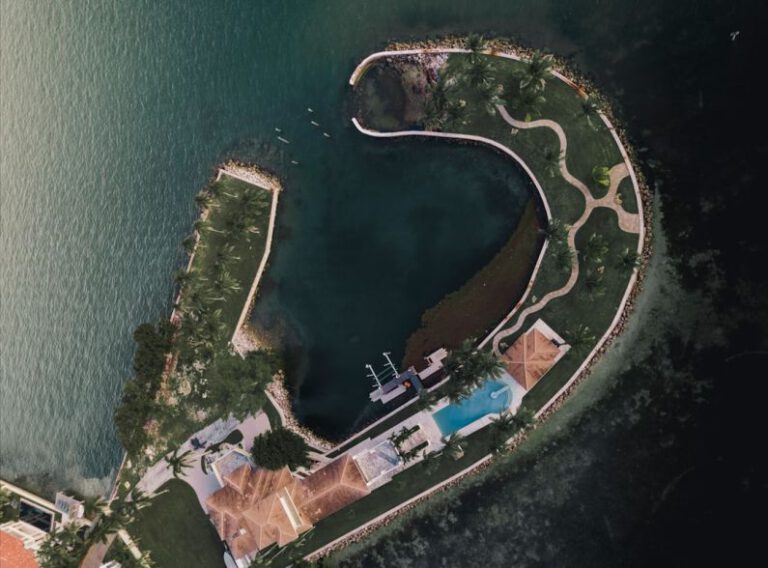Sky Refuges: the Concept of Airborne Cities
From the depths of science fiction to the realms of potential reality, the concept of airborne cities, also known as sky refuges, has captured the imagination of many. Imagine a world where entire communities float high above the ground, disconnected from the constraints of traditional urban landscapes. This innovative idea combines futuristic technology with the age-old dream of soaring through the skies, offering a unique perspective on the future of human habitation. Let’s delve into the intriguing world of airborne cities and explore the possibilities they hold.
The Vision of Sky Refuges
At the heart of the concept of airborne cities lies the vision of creating self-sustaining communities that exist high above the ground. These sky refuges would be constructed using advanced materials and technologies, allowing them to float or hover in the sky for extended periods. Proponents of this idea envision a network of interconnected airborne cities, each with its own unique characteristics and functions, forming a new frontier in urban planning and design.
Design and Infrastructure
The design and infrastructure of airborne cities would need to be revolutionary to support life high above the ground. From energy generation to waste management, every aspect of these floating communities would have to be carefully planned and executed. Advanced materials such as carbon nanotubes and aerogels could be used to construct lightweight yet durable structures capable of withstanding the challenges of the sky.
Transportation within and between airborne cities would also require innovative solutions. From autonomous drones to high-speed airships, a new era of aerial mobility would emerge, connecting these sky refuges to each other and to the world below. Skyports and aerial highways would become the lifelines of these airborne communities, facilitating the movement of people and goods in a seamless and efficient manner.
Sustainability and Self-Sufficiency
One of the key principles guiding the concept of airborne cities is sustainability. These floating communities would aim to minimize their environmental impact by harnessing renewable energy sources, implementing closed-loop systems for water and waste management, and promoting green spaces and agriculture. By adopting a holistic approach to sustainability, sky refuges could become models of eco-friendly living, showcasing the potential for harmonious coexistence with nature even in the sky.
Self-sufficiency would also be a crucial aspect of airborne cities. With limited resources available high above the ground, these communities would need to rely on efficient resource management and recycling techniques to meet their needs. From vertical farming to solar panels, every inch of space and every ray of sunlight would be maximized to ensure the well-being of the inhabitants of these sky refuges.
Challenges and Considerations
Despite the allure of airborne cities, numerous challenges and considerations must be addressed before this concept can become a reality. Issues such as safety, governance, and social dynamics would need to be carefully evaluated to ensure the viability and sustainability of these floating communities. The integration of airborne cities into existing urban landscapes and regulatory frameworks would also require close collaboration between policymakers, urban planners, and technologists.
Moreover, the economic feasibility of airborne cities remains a pressing question. The cost of designing, constructing, and maintaining these floating communities could be substantial, raising concerns about affordability and accessibility. Finding the right balance between innovation and practicality will be essential in realizing the potential of sky refuges as viable habitats for future generations.
The Future of Urban Living: Sky Refuges Reimagined
As we look ahead to the future of urban living, the concept of airborne cities offers a tantalizing glimpse of what could be possible. By embracing innovation, sustainability, and self-sufficiency, these floating communities could revolutionize the way we think about urban design and human habitation. While the challenges are significant, the potential benefits of sky refuges are equally compelling, promising a future where the sky is no longer the limit for human civilization.






